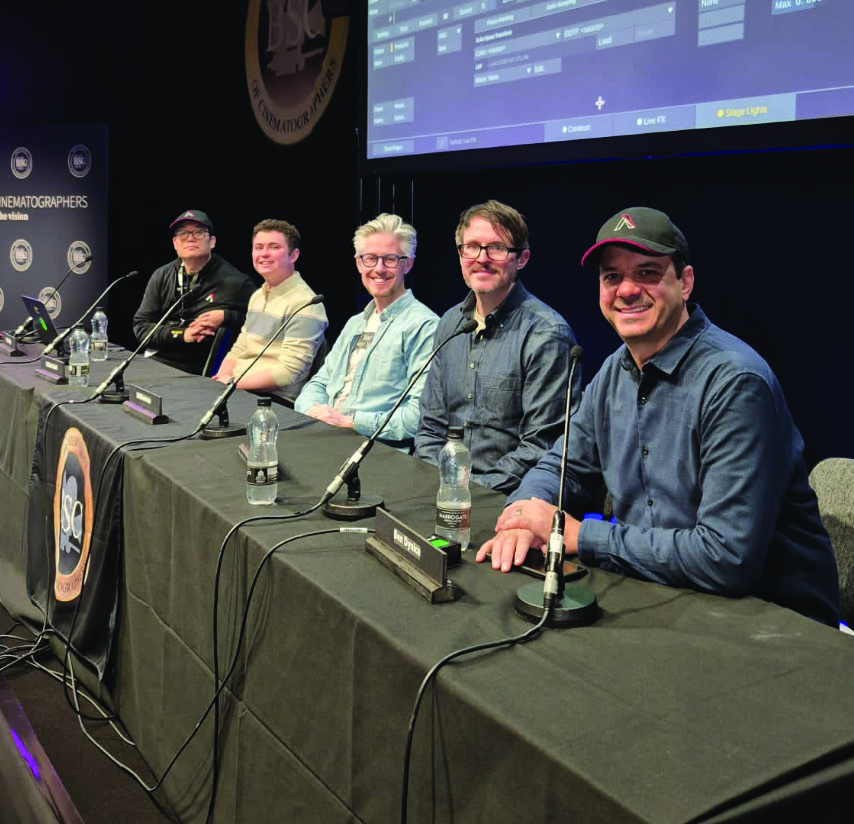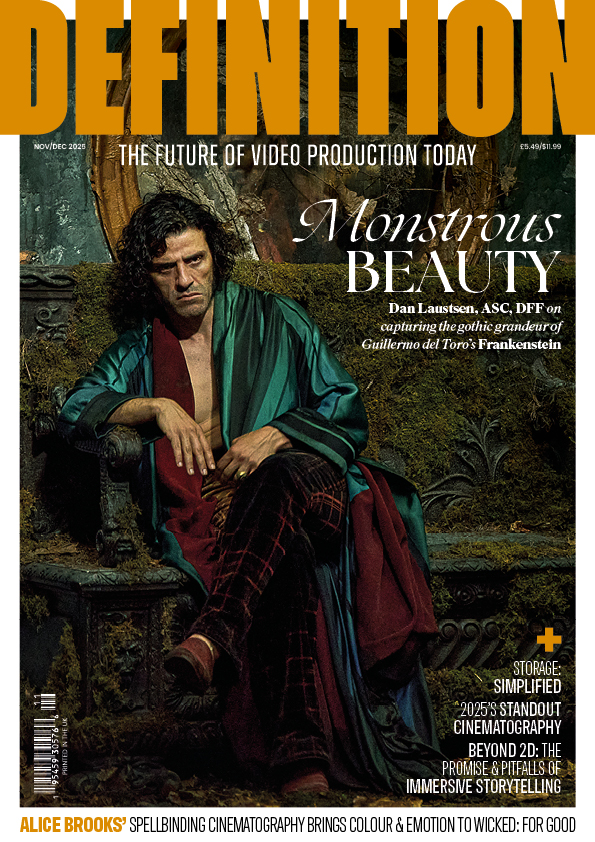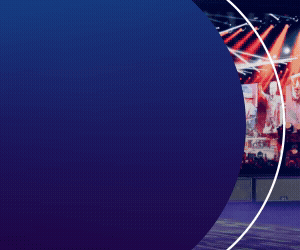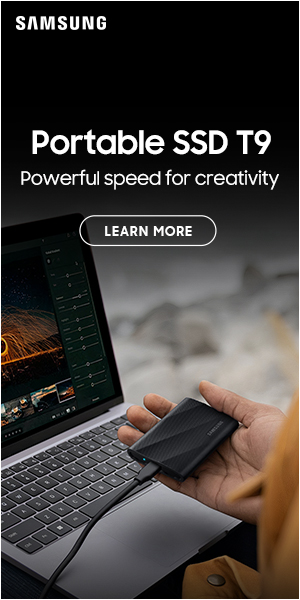
Colour communication & collaboration
Posted on Apr 20, 2025 by Admin
Aputure gathered a panel of experts at BSC Expo to discuss the current state of professional lighting colour control on-set. We explore the key takeaways
Words Nicola Foley
At this year’s BSC Expo, Aputure hosted a panel of experts to dive into how we communicate colour on-set – from director to DOP to the technicians who bring it to life.
Moderated by Aputure’s own Ben Dynice, director of product (UX/UI), the discussion featured DOP Ed Moore, BSC, gaffer Chris Stones, lighting programmer Callum Crisell and principal engineer of imaging applications at Aputure, Tim Kang. Kang opened the panel, setting the stage with a presentation on the evolving language of lighting colour control.
“This all functions for visual storytelling, which means you have a very specific design choice you need to make,” he began. “So how do you clarify that visual design choice to an entire team of people without any confusion?”
He pointed out that colour is a subset of psychophysics – the study of the relationship between physical stimuli and mental phenomena – explaining that you first need to retrain your brain to understand that “lighting is light, and light is energy. When you discuss it with respect to your understanding of that energy, that’s where colour comes in. It’s a construct in your head, not a physical thing,” he described.
The languages we use to describe colour – which you see in the different schemas of how we categorise it (white light variations, RGB ratios and so on) are mainly rooted in psychology. They can enable – but also limit – our creativity, as they ignore the physics at play. This foundational understanding of how colour is perceived versus how it’s technically created was central to the panel’s conversation.
The communication challenge
The four panellists highlighted the complexities of achieving consistent colour accuracy throughout an entire production. Moore, DOP on the Apple TV+ show Hijack, described the sheer scale of their lighting set-up: “We had thousands of control channels and worked at an extremely fast pace. We live-graded the whole show in HDR and monitored everything in Rec. 2020.” With so many variables – different fixtures, changing environments and evolving workflows – communicating colour effectively becomes critical.
Callum Crisell, who programmed the lighting for Hijack, emphasised the importance of pre-production. “A lot of my metering happens in prep. We were working with five-colour RGBWW pixel tape and that had to be matched precisely to the set lighting. “If one source is reading 6000K, any additional sources must align perfectly – otherwise the camera will pick up inconsistencies.” This kind of precision requires a common language, but as Kang pointed out, “even when two lights are calibrated to the same Kelvin temperature, their spectral output can produce dramatically different results on camera.”
The challenge isn’t just selecting the right fixtures but also ensuring that everyone on-set – from DOPs to gaffers to lighting programmers – understands how those lights will behave.
Tools of the trade
Fixture selection was another focal point of the discussion, with Stones noting that sustainability was a big consideration for Hijack: “We used as much LED as possible. For daylight punch through windows, we relied on the Aputure Electro Storm XT26. On-set, everything had to be full colour spectrum and ideally CRMX-capable. We needed fixtures that were not only powerful and reliable but also wireless and mobile.”
For Moore, trusting his team’s decisions was paramount. “I pretty much defer to Chris on fixture selection,” he said. “It’s not just about colour accuracy any more – everything has to be practical, reliable and flexible. It used to be the Wild West with LED colour, but now, thanks to advancements in manufacturing and spectral tuning, we’ve reached a point where the quality is consistently high across the board.”
The future of colour control
As the panel wrapped up, discussion turned to the future and where lighting colour technology could be headed.
One major trend is enhanced control at lower brightness levels. “We’re working at higher ISOs now, which means using less light,” Crisell commented. “The challenge is maintaining colour purity at extremely low intensities. Right now, some LED fixtures struggle to keep consistent colour below 10% brightness. Fixing that would be a game changer.”
Another key shift is the increasing integration of virtual production. “We’re still using LED panels that are designed for live events,” Moore noted. “But as VP advances, we’re seeing better colour matching between real-world lighting and LED walls.” It’s particularly vital when working with skin tones and naturalistic environments – areas where spectral accuracy is non-negotiable. For Kang and Aputure, the goal is to keep refining the tools that cinematographers rely on.
“Education is critical,” he stressed. “You really have to understand your infrastructure – trust your monitor, trust your LUT, trust your camera. Lighting is evolving rapidly, and if you don’t stay ahead, you’re going to be left behind.”
The takeaway
The seminar made one thing abundantly clear: how we communicate colour is just as important as the technology itself. As fixtures become more flexible, powerful and precise, the key to unlocking their potential lies in collaboration: bridging the gap between technical and creative teams, refining workflows and building a shared language to achieve colour accuracy – and ultimately, allowing creativity to shine.
Read the latest news from Aputure in this article.
This article appears in the March 2025 issue of Definition








